A collage of all the in true color r/pics
NASA/JPL-Caltech. In 1989, Voyager 2 became the first and only spacecraft to ever fly by Neptune, and images from that mission famously show a planet that's a deep azure color. But in reality.

Set Of Cute For Earth Day Coloring Book Page For Kids
What Are The Colors of the Planets? When we look at beautiful images of the planets of our Solar System, it is important to note that we are looking at is not always accurate. Especially where.
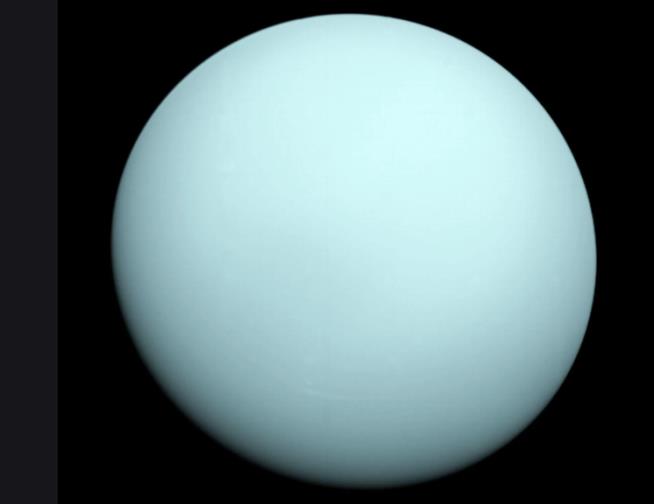
Neptune, Uranus Are Almost the Same Color
Credit. NASA/Johns Hopkins University Applied Physics Laboratory/Carnegie Institution of Washington. PIA Number. PIA16853. Language. english. This colorful view of Mercury was produced by using images from the color base map imaging campaign during MESSENGER's primary mission.
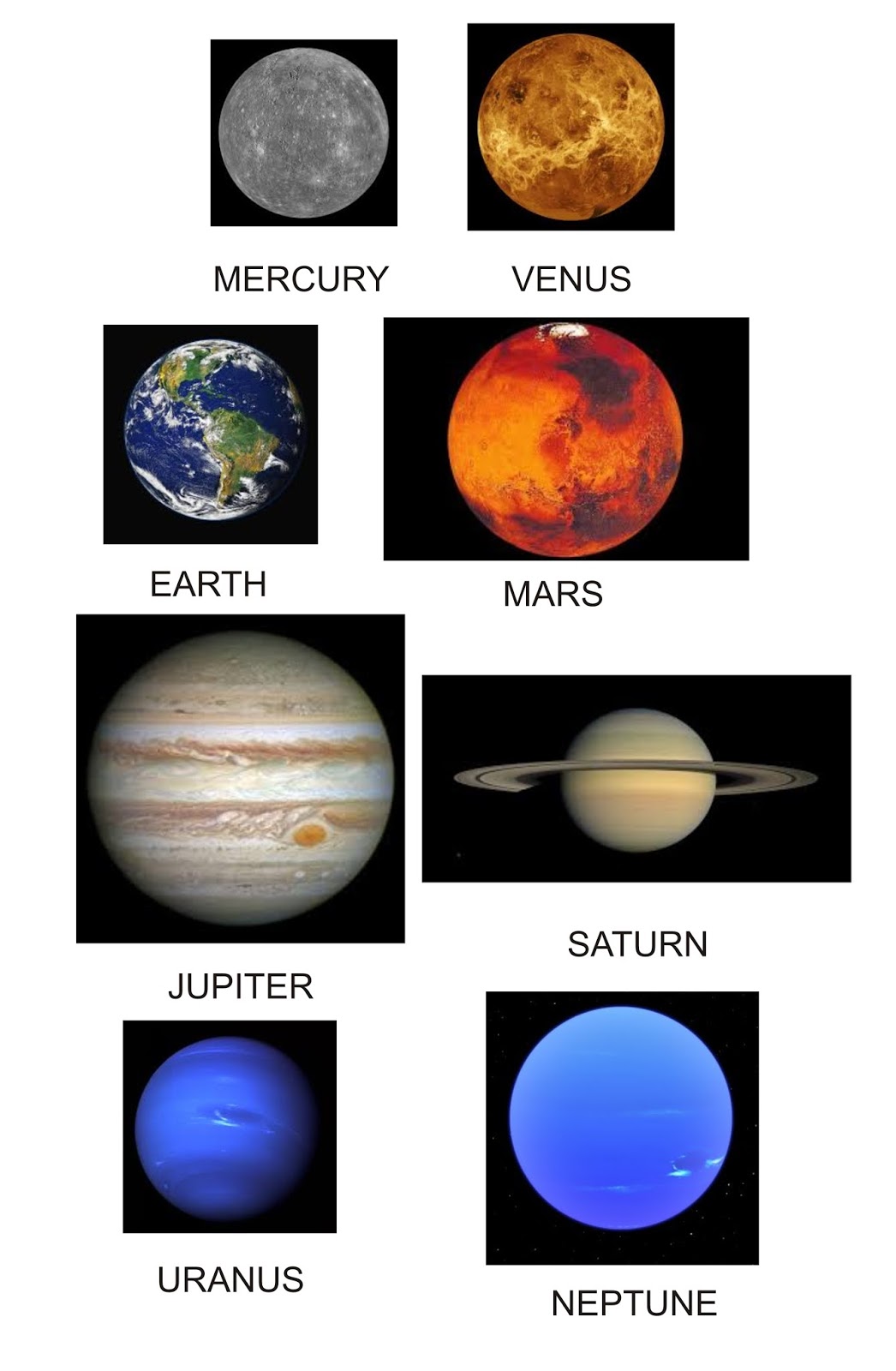
Printable In The Solar System
Uranus appeared to be a pale cyan color, while Neptune was depicted as a striking deep blue. Voyager 2 captured images of each planet in separate colors, and the single-color images were combined.

The true colors of Neptune and Uranus are known for the first
The colors of Saturn's planet include white, blue, brown, and yellow. Saturn's northern hemisphere, like Uranus or Neptune in the south, is currently a blue-ish shade of the planet. Saturn's blue color is the result of Neptune's methane atmosphere absorbing red and infrared light.
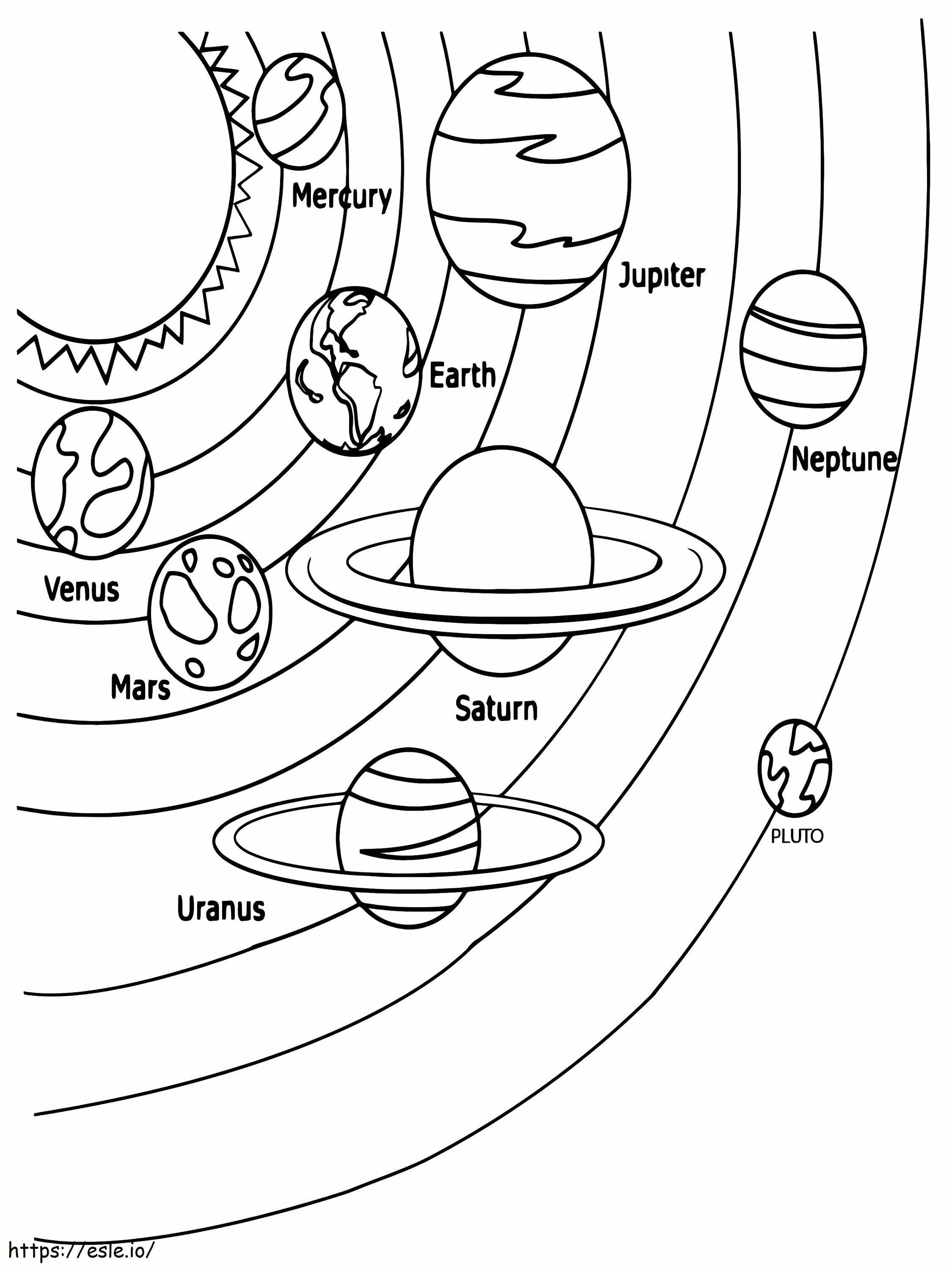
Solar System S Nine coloring page
Mercury is slate gray while Venus is pearly white, Earth a vibrant blue, and Mars a dusky red. Even the gas giants are different, Neptune and Uranus an opaque blue, while Jupiter and Saturn are.

Color difference between Neptune and Uranus was due to filter, two
Earth: Blue, brown, and white Mars: Red, brown, and orange Jupiter: Stripes of light orange, white, brown, and dark orange Saturn: Stripes of yellow and brown Uranus: Light pale blue Neptune: Royal blue with other shades of blue So why is there so much variety?

The true colors of Neptune and Uranus are known for the first
The rocky planets. Mars is aptly referred to as "the Red Planet". The iron in its rock and dust has largely been turned to iron oxide, or rust. Consequently, Mars looks red to the unaided eye.

Revealing the True Colors of Neptune and Uranus New Research and
An image marked up by Business Insider showing the original Voyager-2 image of Neptune from 1989, and what scientists believe it really looks like. Neptune, long believed to be dark blue, is.

Solar System Printable Coloring
Why do the planets have different colors? Which planet has the strongest winds? What is the largest moon in the Solar System? Which planet spins the fastest? Where is the highest mountain in our Solar System? Are moons always smaller than planets? How do the planets stay in orbit around the sun? How did the planets get their names?
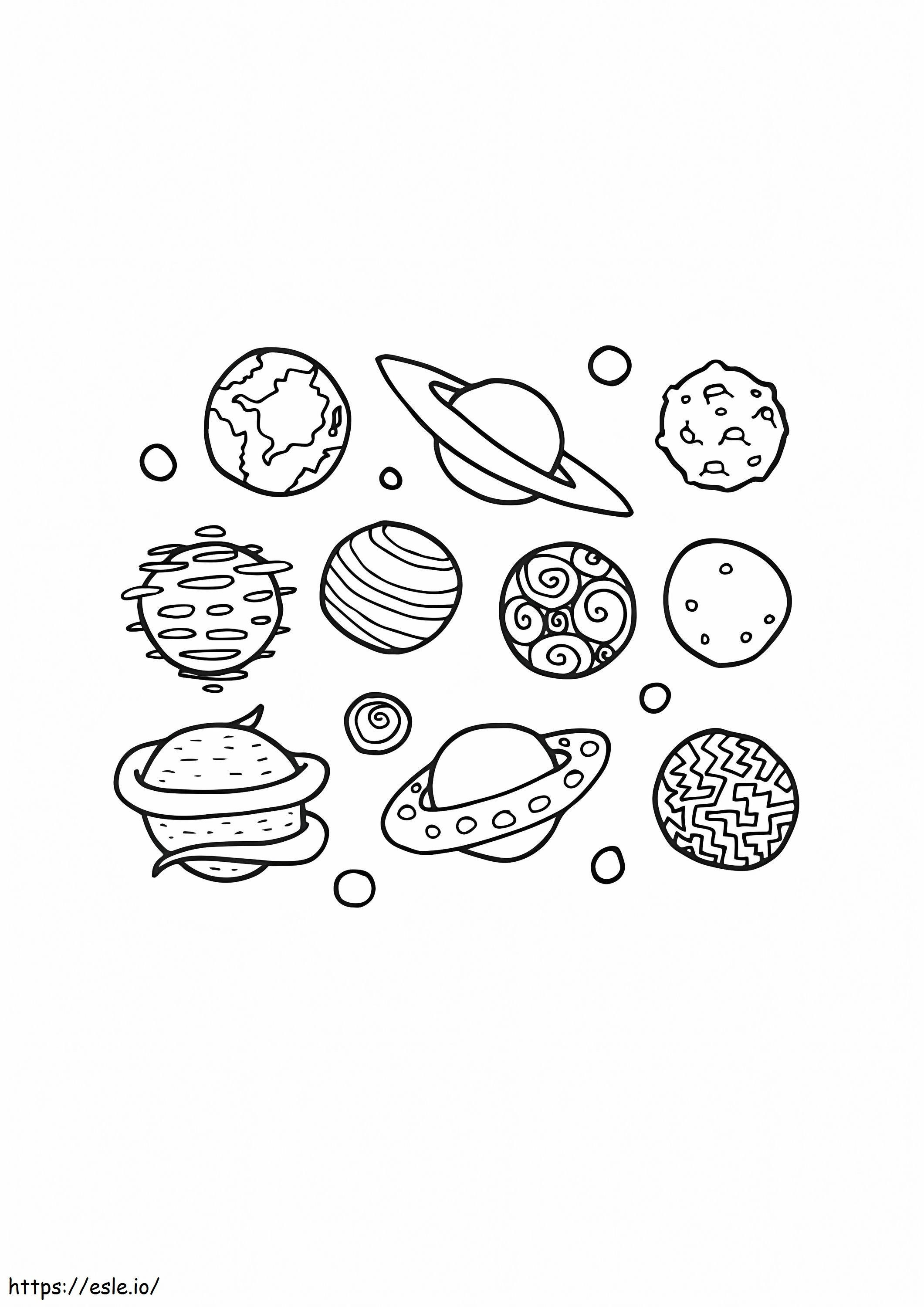
All Set coloring page
Colors of the Planets We know so little about planets orbiting other stars that even simple measurements of colors can tell us what type of world they are. In this figure from Timothy A. Livengood's proposal, ratios of colors (indicated by their wavelengths) sort the planets into distinct groups using color information.

Solar System S Nine coloring page
Jan. 4, 2024. Think of Uranus and Neptune, the solar system's outermost planets, and you may picture two distinct hues: pale turquoise and cobalt blue. But astronomers say that the true colors.
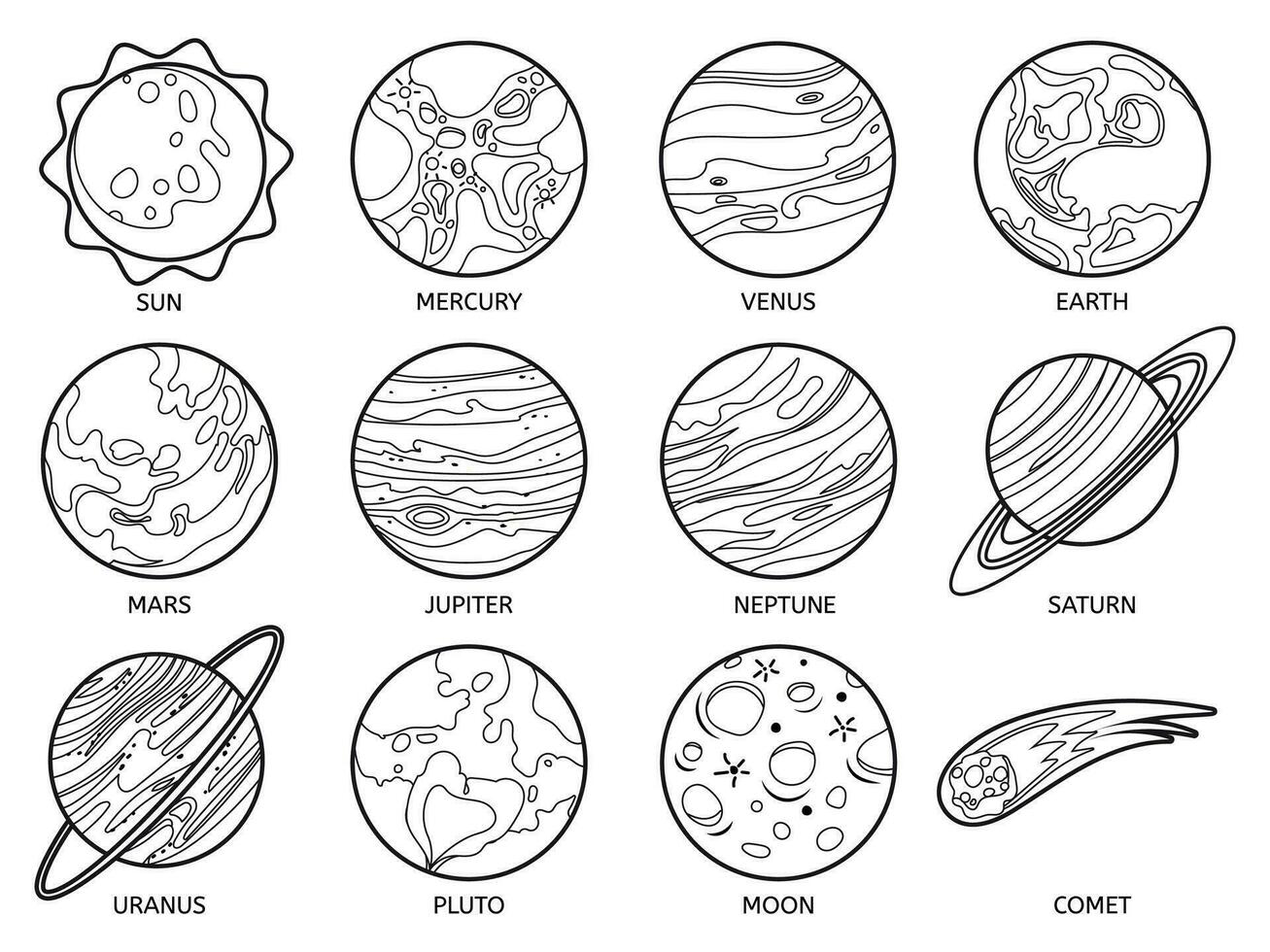
for color book. Solar system earth, sun and neptune, jupiter
Our ideas of the colours of the planets Neptune and Uranus have been wrong, research led by UK astronomers reveals. Images from a space mission in the 1980s showed Neptune to be a rich blue and.

Icy Neptune and Uranus Are Closer in Color Than Previously
This revealed that Uranus and Neptune are actually a rather similar shade of greenish blue. The main difference is that Neptune has a slight hint of additional blue, which the model reveals to be due to a thinner haze layer on that planet. The study also provides an answer to the long-standing mystery of why Uranus's colour changes slightly.
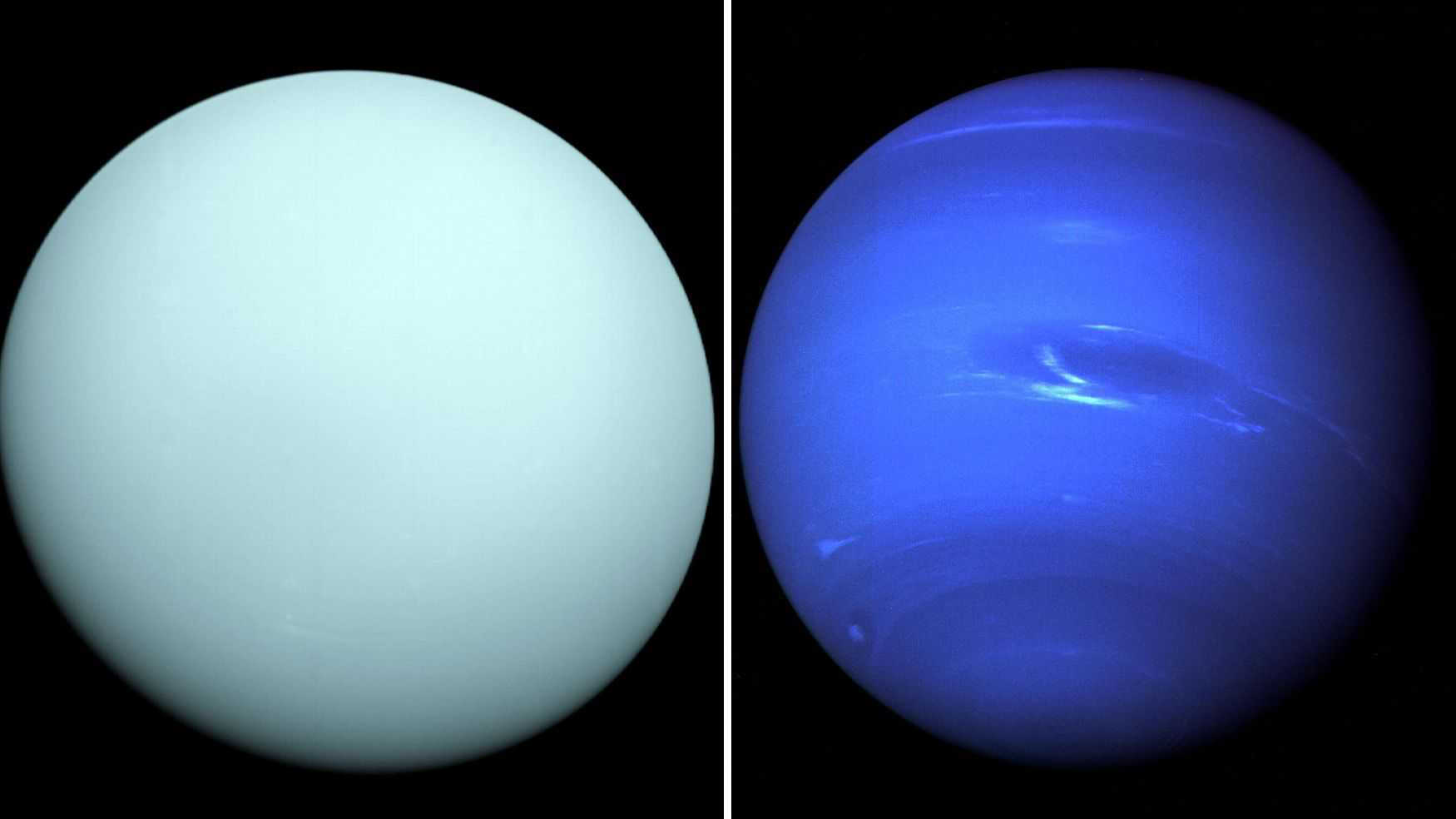
Neptune, Uranus show true colors in new photos
Back in the late 1900s, the images Voyager 2 recorded of Uranus and Neptune were in single colors combined to create composite images that showed the planets to be cyan and azure, respectively.

Don't look so blue, Neptune Now astronomers know this true
Colors in Planetary Imaging If you're reading this article, you probably love astronomy images. When looking at an image of, say, a galaxy, have you ever wondered to yourself, "Is this real?" or maybe "Is this what it really looks like?" The first question is easy to answer. Yes, everything you are seeing is real.